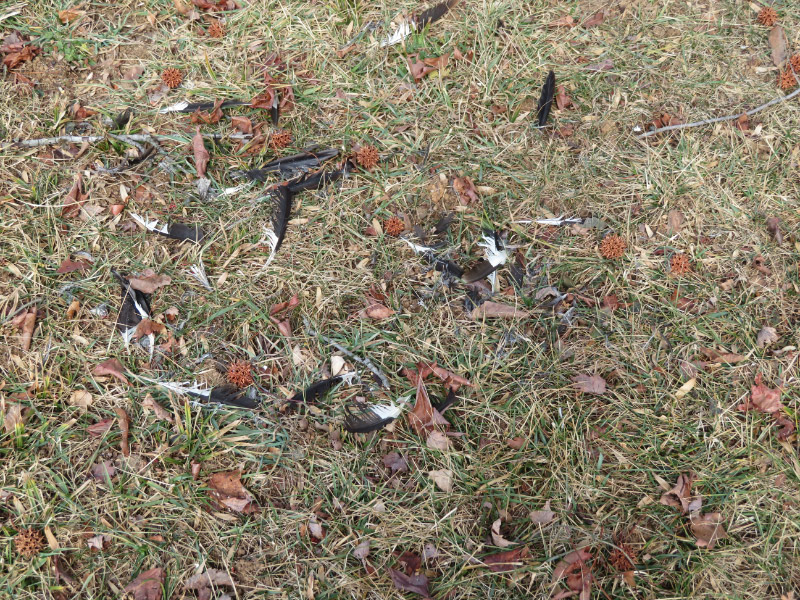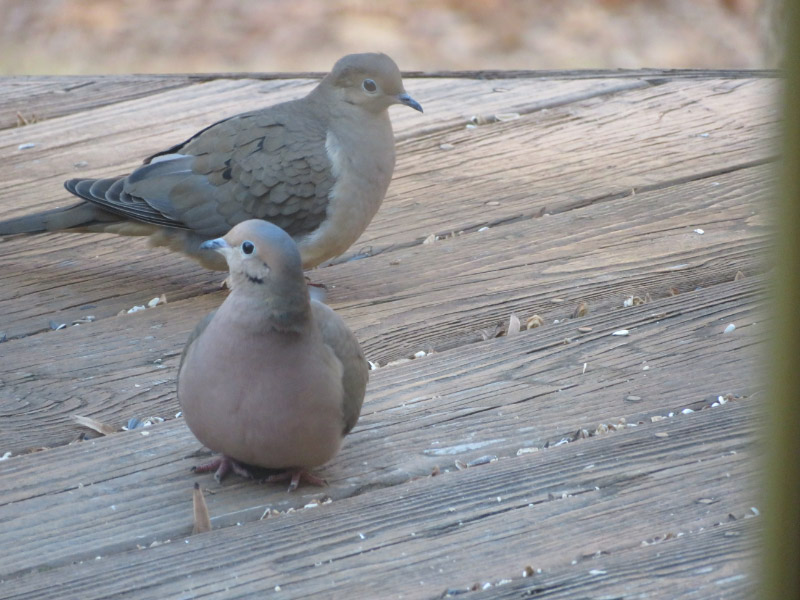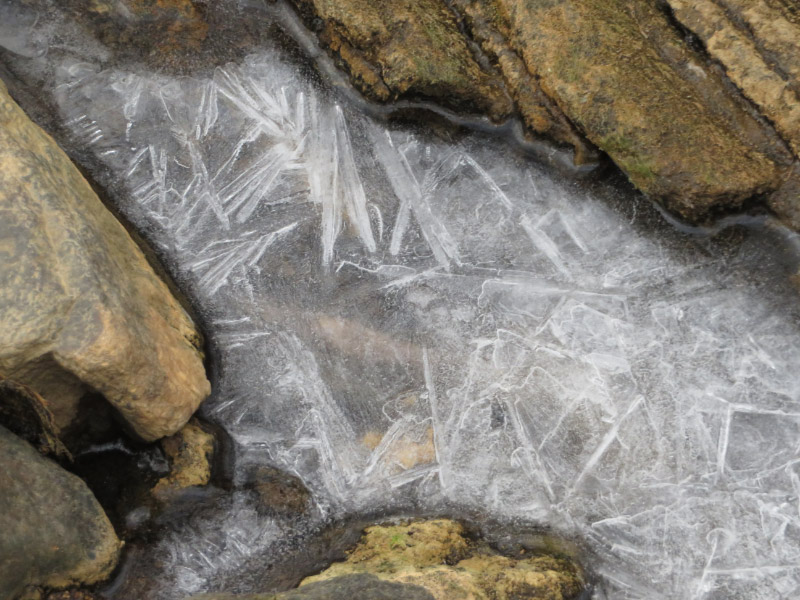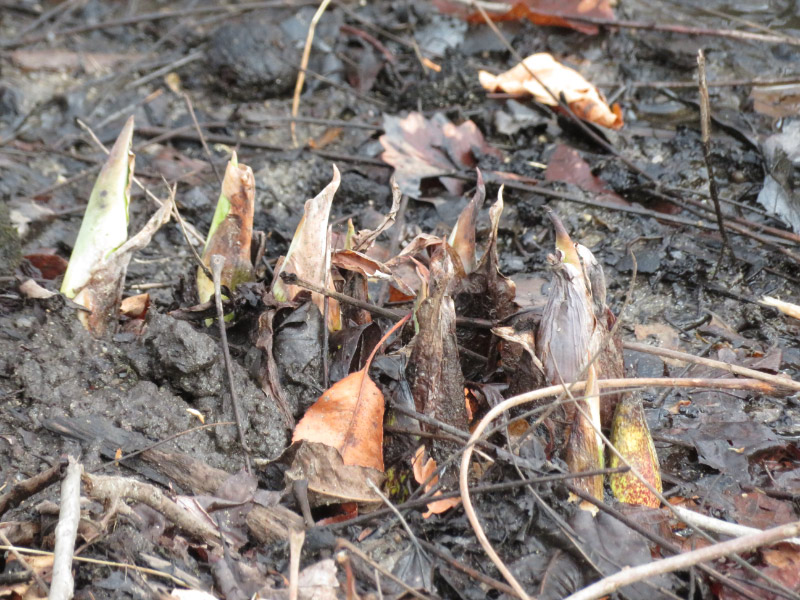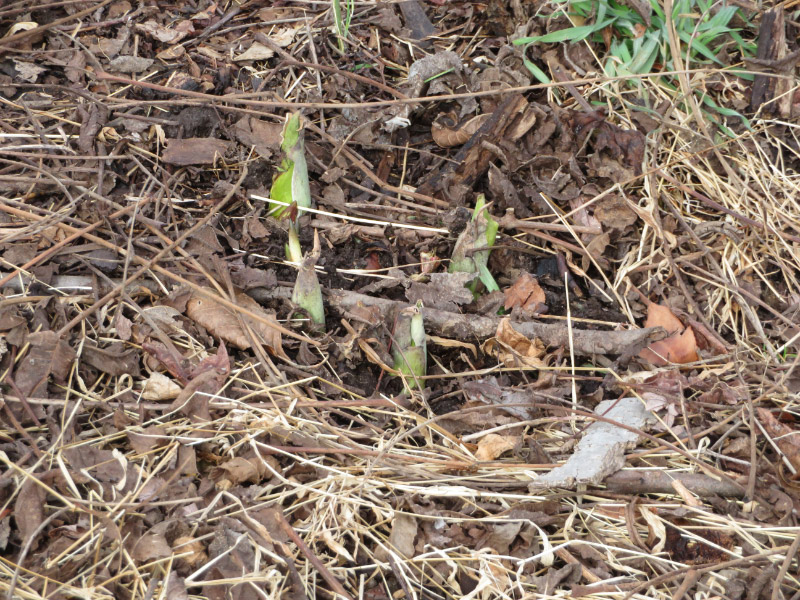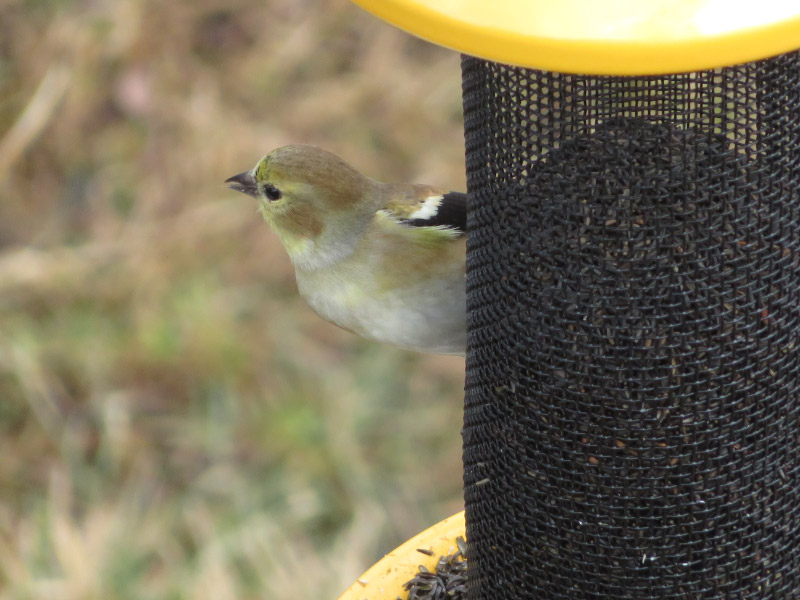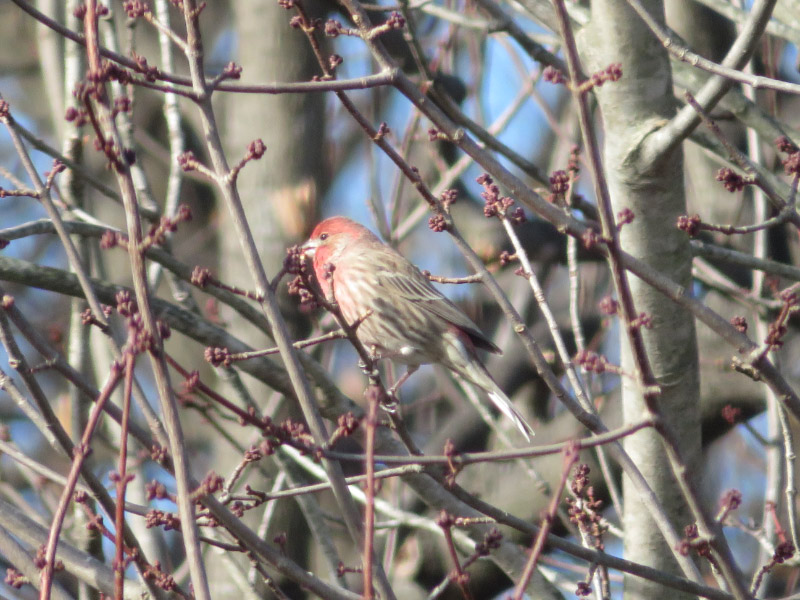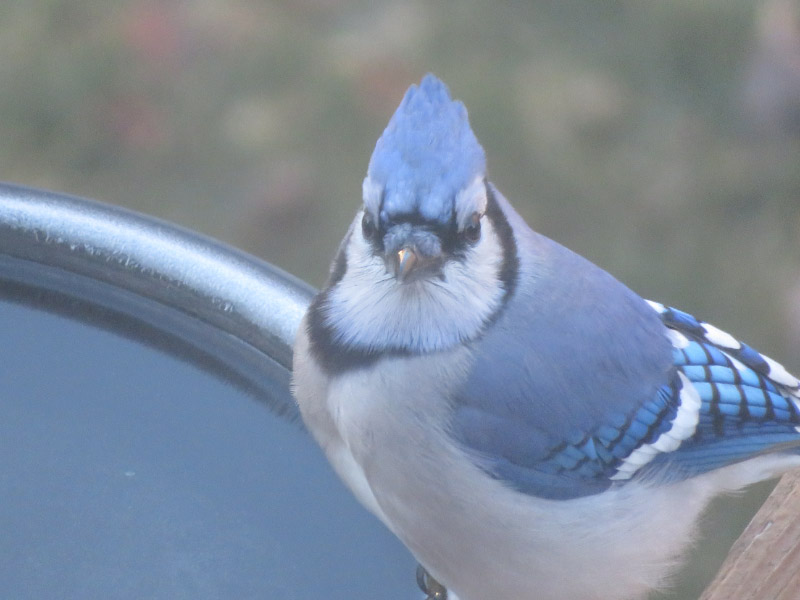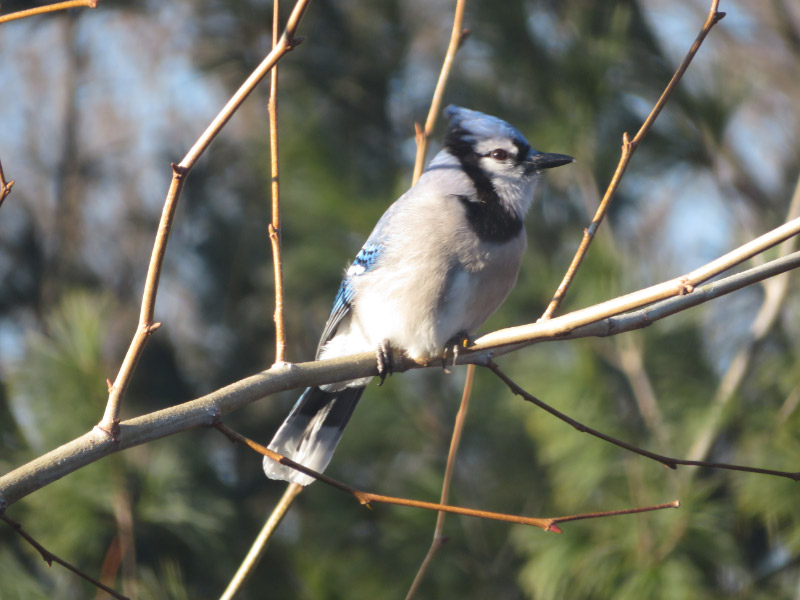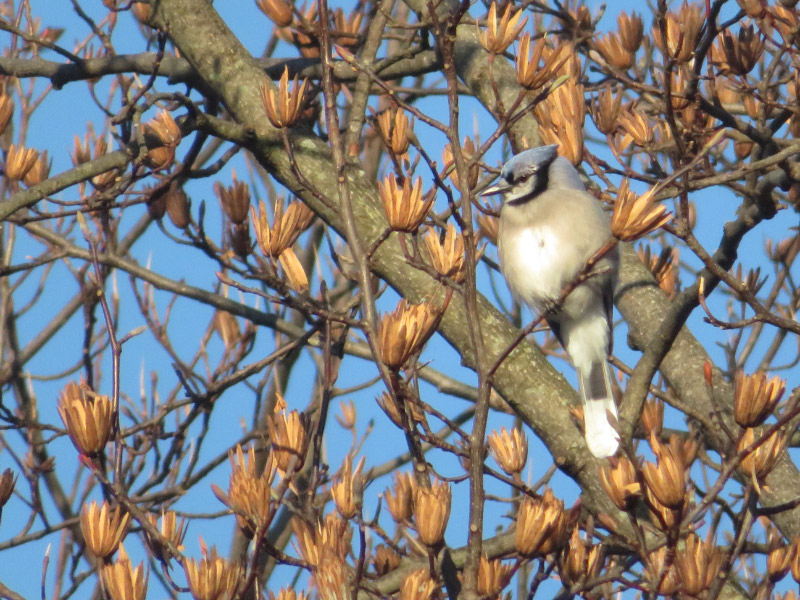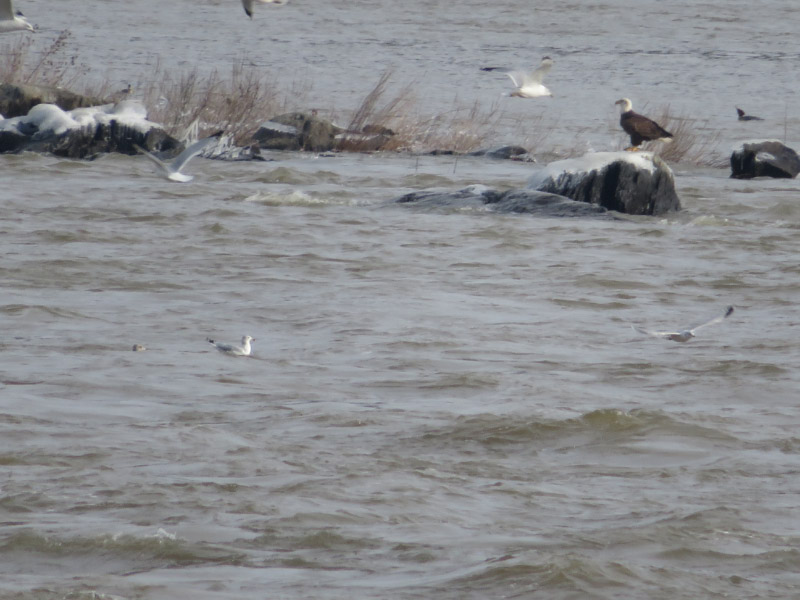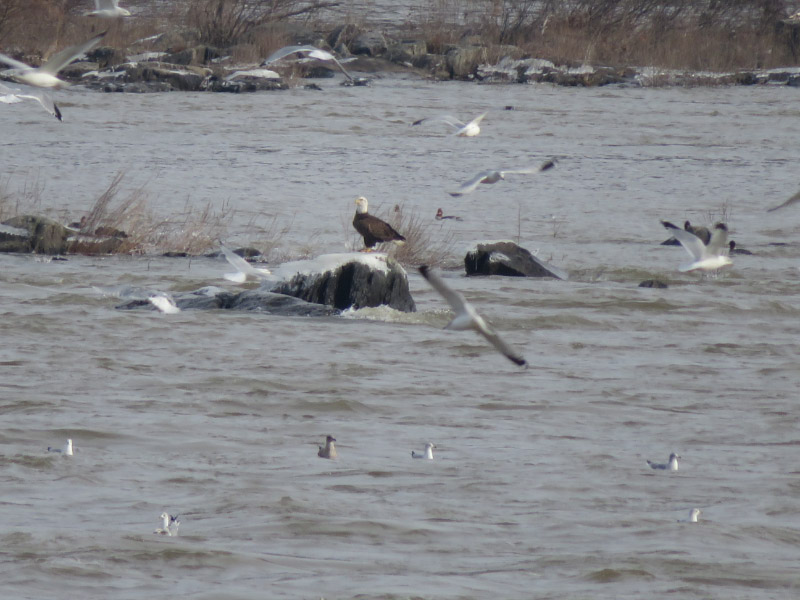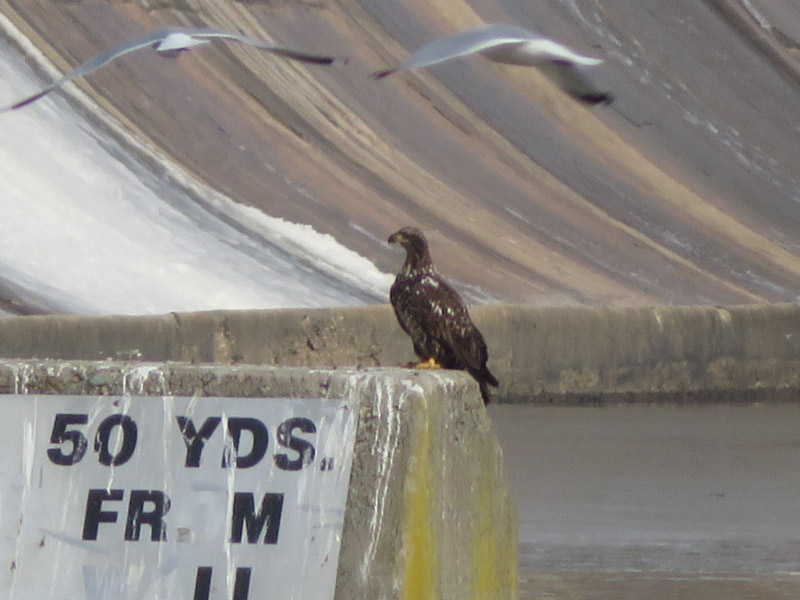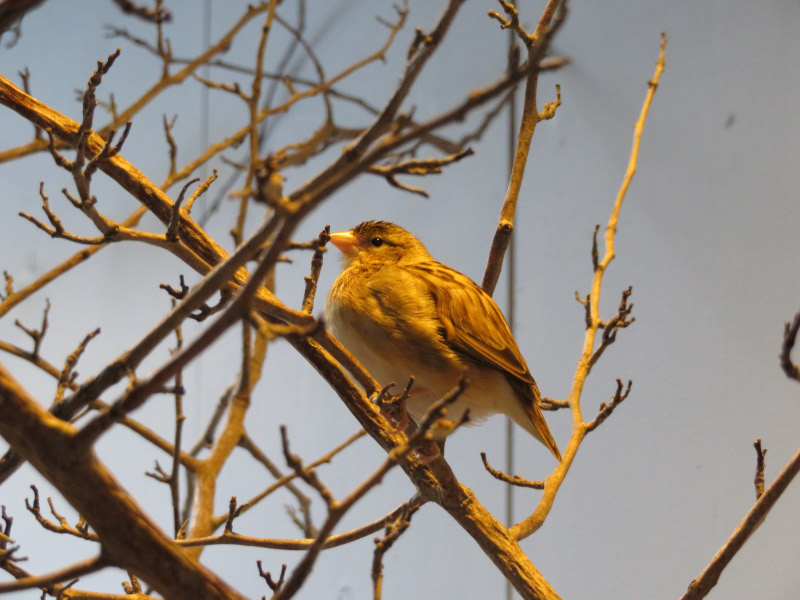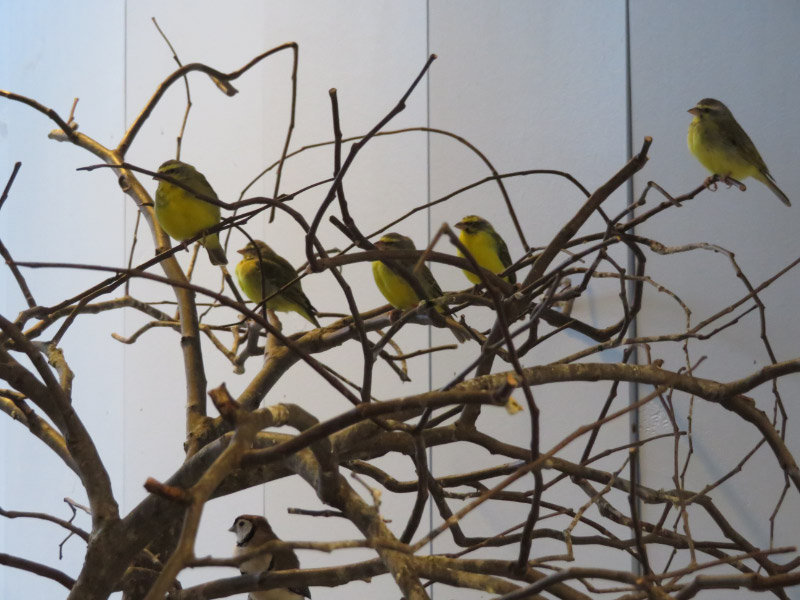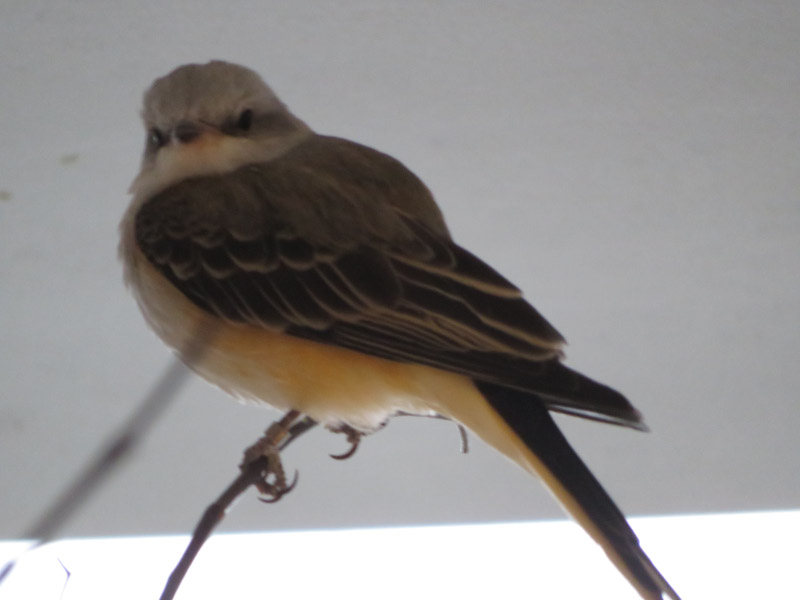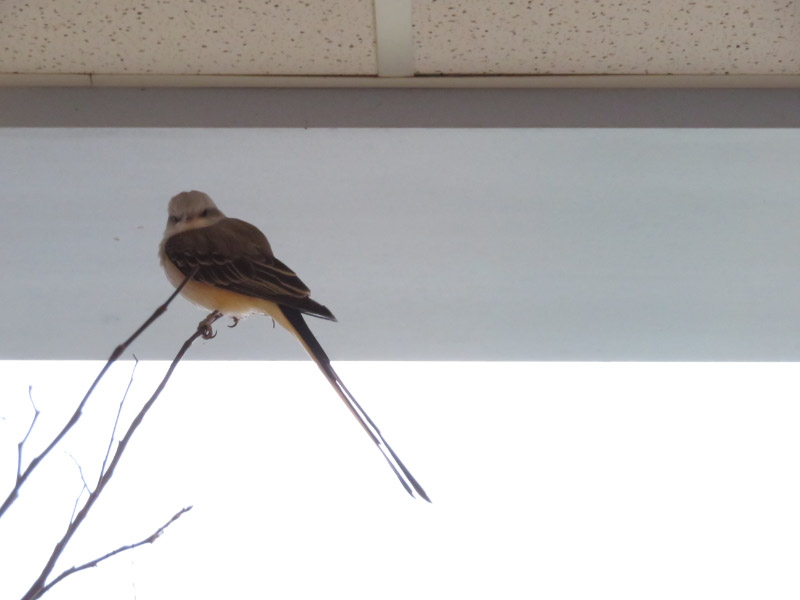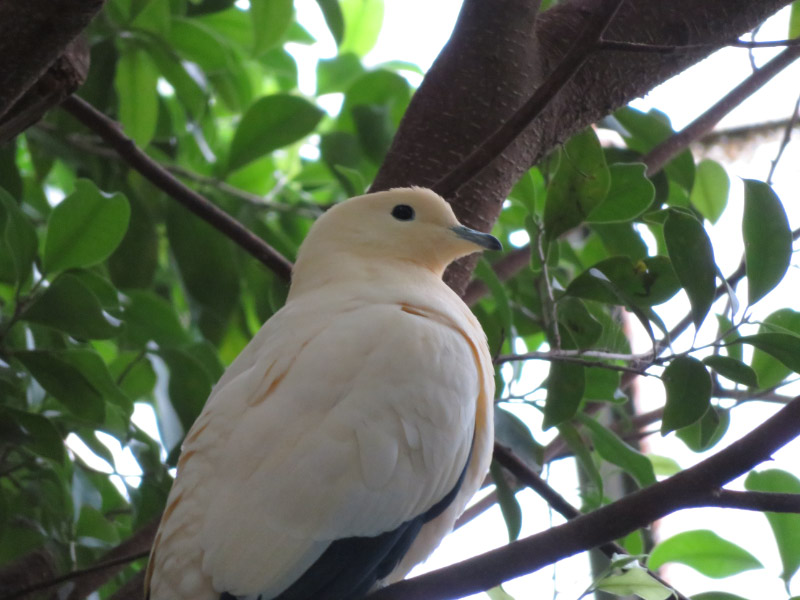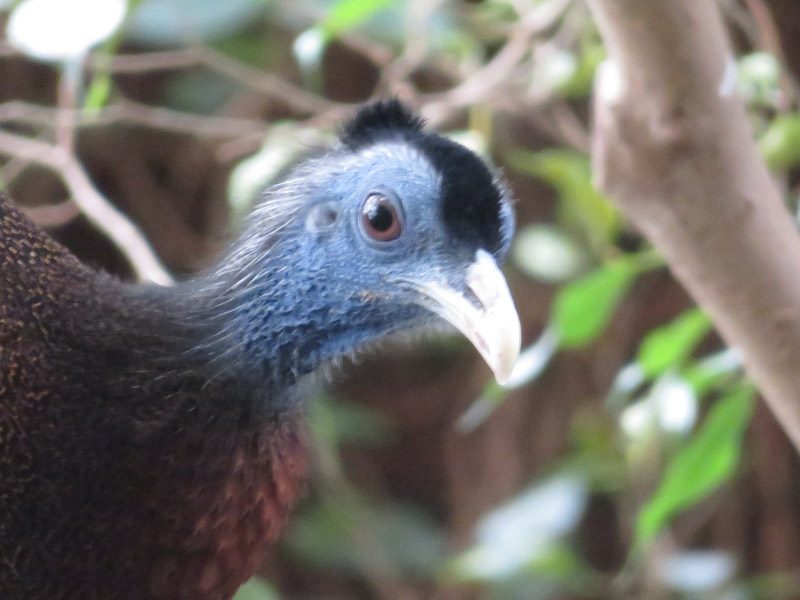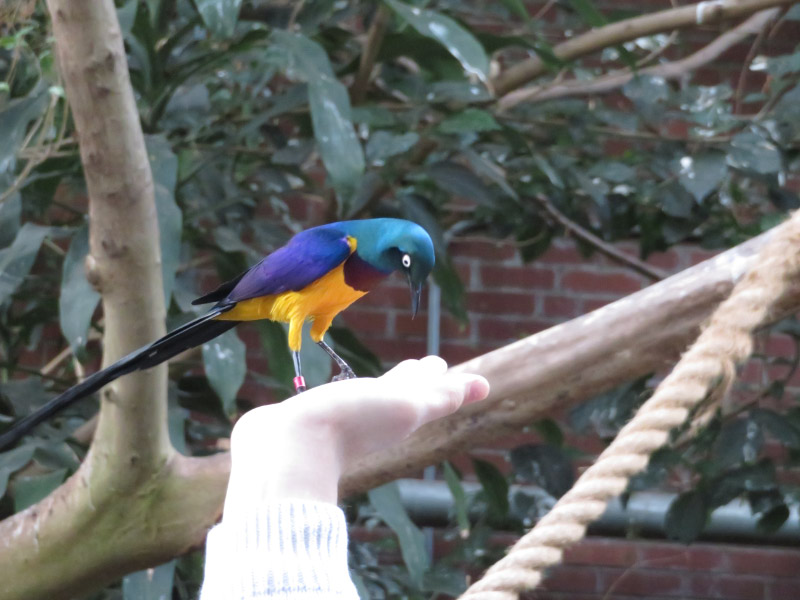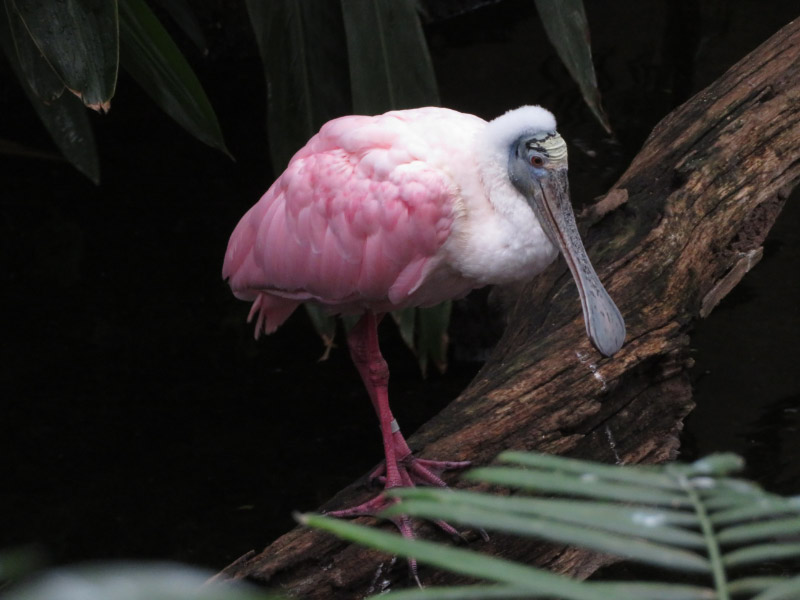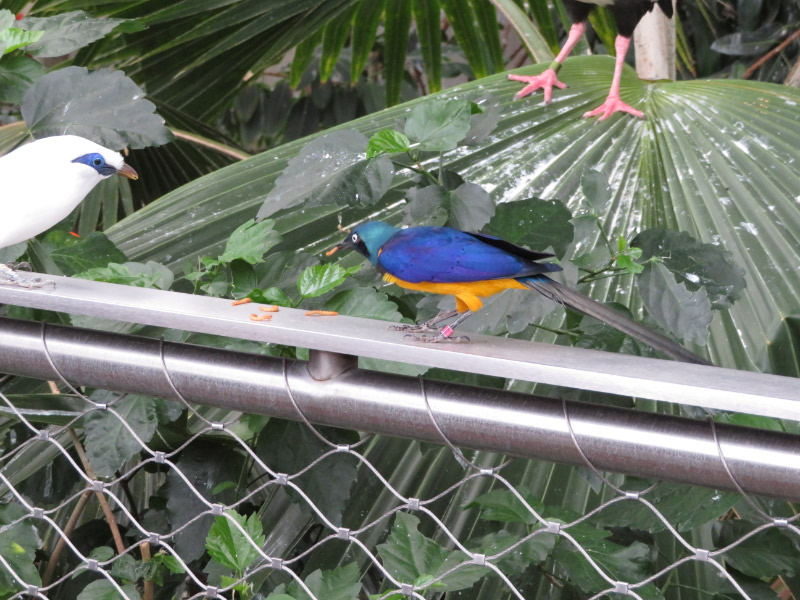Gleanings of the Week Ending February 3, 2018
/The items below were ‘the cream’ of the articles and websites I found this past week. Click on the light green text to look at the article.
When 136 Bird Species Show Up at a Feeder, Which One Wins? | All About Birds – Interesting article. I’ve been thinking about the birds at my birdbath rather than my feeder (since my feeder only works for small birds that like the seeds). The blue jays are dominate bird at the bath…when they are around the others wait for their drink!
The lost art of looking at plants – Molecular tools and DNA sequencing overwhelming the detailed analyses of plants’ physical traits…but not there is a rebalancing; both are required to dive deeper into the many questions we still have about plant.
Top 25 Wild Bird Photographs of the Week #124 – National Geographic – The first one in this series is a barn swallow…one of my favorite birds to watch. And there are three different kinds of kingfishers later in the post.
How Technology Is Creating a Generation of Adult Babies - The Ringer – Another way technology is either giving us what we want or convincing us that it is what we need.
The Dangers of Keeping Women Out of Tech | WIRED – An interview with Maria Klawe, President of Harvey Mudd College. She has increased the number of women in the school’s computer science program from 10% to 40%.
Every study we could find on what automation will do to jobs, in one chart - MIT Technology Review – It seems like almost everyone thinks automation will reduce the number of jobs….but the studies are remarkably different. It would be useful if there was enough consensus for people to make decisions about education and careers – but there just isn’t.
Fingerprints of Ongoing Human Evolution Found | The Scientist Magazine® - A study using large data sets with genomic information looked a gene variants less common in older people than younger people….and there are probably more coming soon because the data is ripe for analysis. So far they’ve discovered gene variants in Alzheimer’s and smoking related genes appear to be under selection pressure…i.e. that there are fewer old people with the variants than young (i.e. they tend to die earlier).
Gold crown of Hecatomnus returned to Turkey: Culture minister – Sometimes stolen artifacts are found and returned….Kudos to the authorities in both Scotland and Turkey for this result.
Parts of U.S. Saw an Increase in Zika-Linked Birth Defects in 2016 | The Scientist Magazine – Data from 2017 is not available yet. The researchers found 3 of every 1,000 babies born in Puerto Rico, southern Florida, and a portion of south Texas had a birth defect that could have been linked to Zika infection of their mothers.
Entomologist discovers millipede that comes in more color combinations than any other -- ScienceDaily – Pretty and covered in cyanide that will kill any bird that eats it.






